Not all Hindi film heroines nab the role of a lifetime right off the bat, but model-turned-actress Chitrangada Singh did. She made her silver screen debut with Sudhir Mishra's critically acclaimed film Hazaaron Khwaishein Aisi (2003), wherein she played the character of Geeta Rao, a modern, ambitious woman who knows how to live life on her own terms and conditions. However, despite getting a big screen start and receiving excellent reviews for her show-stopping debut performance, Singh’s career did not take off well in Bollywood. She has taken two long breaks and starred in only a dozen films over 15 years, but except Desi Boyz (2011) none clicked with the audience. After spending one and a half decade of her life in the industry, Chitrangada is now turning producer with the forthcoming film Soorma, a biopic based on the life of hockey player and ex-captain of the Indian national team Sandeep Singh. Eastern Eye catches up with the actress-turned-producer in Mumbai to know more about her movie, what made her dive into film production, does she regret taking long breaks from films, and much more.
Which role do you find more challenging being an actor or a producer?
Hands down, producer. I am saying this over and over again that I have so much respect for producers after doing this film. It’s not just about the money, but also about patience and the amount you want to believe in your project and take it through no matter what. Every single day, there would be one issue or the other about something or the other. Handling people, managing people, I never thought that would be so difficult. I think, in a creative field, more than anywhere else, people come with a certain opinion. And to get the right kind of people on board for your project, I think, is probably the most important thing.
What made you foray into film production?
I met Sandeep Singh and heard his story. I wrote it down. I met him a couple of times and realised how powerful this story was, and how important it was to make it for a lot of reasons. Not just because it would translate to cinematics beautifully, but also because there is an important message here, about the guilt I felt when I heard his story and realized I didn’t know about his life or his work at all. Here, if in cricket a player scores a century, people talk for weeks, but Sandeep has done so much more. So, I thought it was a very important film to make if you would talk about comebacks. It’s not like I wanted to become a producer so I found the film. I have to give full credit to this film and to this story that as collateral I became a producer.
Are you planning to write scripts with characters you would like to play?
Previously, I was writing two stories and at that point, I was writing with me in mind, those characters that I would love to play. Though, that was in a bit of a backburner after I met Sandeep Singh and this became a far more powerful story than anything I was even thinking of, to be honest.
Tell us something about the scripts you are working on?
One is a love story and the other is a thriller. It’s written as a mainstream commercial film. After this one (Soorma), I would say I am going to take them on. I have locked the screenplay and dialogue for one and the work on the other one is still going on. Let’s see what happens after this (Soorma) releases. One thing at a time (smiles).
There are huge gaps between your films, what is the reason?
It’s not like I was choosy. I was particular like we all are and we should be. I wasn’t getting the kind of offers I was looking for or the kind of people I wanted to work with at that point. So, I chose not to work instead of do the work I won’t be proud of.
You seem quite particular about the kind of films you choose, is there a flip side to it?
That you got forgotten. I have taken big breaks in between. It was 4 ½ year one time and 2 ½ years the other time. But I have realized that if you do good work, people don’t forget you easily. I am so thankful to the audience and to the industry that they hadn’t completely forgotten me every time I made a sort of comeback. If you do good work, you remain relevant; you remain in people’s minds. It’s not important that you keep doing one thing after the other to remain relevant. That’s my take.
Do you have any regrets about taking such long breaks?
We introspect all the time, we are women. We are thinking all the time and overthinking. I was going through some personal issues as well at the time, and I wasn’t doing such a good job of balancing both worlds. So, I think that’s why the professional part took a little bit of a backseat. But that was the best I could do at that point. I don’t have any regrets as such because I don’t think I had a choice.
Did you ever feel nervous during the production?
The day we were going to launch the trailer of Soorma, I was so nervous. I thought I never felt like this. I can’t believe this. I felt nervous about the reaction of the audience and the fact that Dhadak trailer was coming an hour and a half before our trailer in the same auditorium. I wanted them to push it as I didn’t want it to come on the same day, but in the end, it turned out so good.
You share a good bond with noted filmmaker Sudhir Mishra. In future, will you consider him to direct one of your films as a producer?
He is somebody I respect immensely; he is the reason why I am here. In fact, I will be more than happy (if he directs a film for me) but I would be so nervous to approach him as a director or a producer because he is who he is in my mind. I respect him so much. I wish if there is one thing we could do again it would be Mehrunissa, the script that Sudhir has been wanting to make for a long time. We worked on it. I worked on my character so much.
Have you thought of directing your productions?
If I produce and direct, I will die. That’s too far off. As different as production is from acting, I think the direction is as different as production and as difficult and challenging. I am not saying that there has to be an age when you start directing, but I think you just need to feel ready for it.
This is your first production and that too on a serious subject, did you ever wish to start with a commercial film instead?
I think a good story is the mantra for success. I don’t think that we should make a commercial film or a love story, put an item song and then it will become a success. I think a good story makes a good production. They are a gem these days. If you have that then that’s half the battle won. So, to wait and put this on hold is something that I can’t possibly comprehend.
Have you watched the final cut?
Oh, yes. We watched it with the background score and everything. It has shaped up really well. The music of the film is fantastic. I think Shankar–Ehsaan–Loy and Gulzar sir together is an awesome combination.
How did Diljit Dosanjh come onboard to play Sandeep Singh?
We wanted somebody who looked a bit like Sandeep Singh and the look he had was very difficult for a mainstream actor to pull off, though it came so naturally to Diljit Dosanjh. He took one-two days to say yes and we were on the edge of our seats because he was so good for the role. I was looking at some pictures of behind-the-scenes and Sandeep was on the set and Diljit was sitting beside him, they looked so similar in so many places. So, that was it, that’s how Diljit came aboard.
We heard Diljit was a little hesitant initially?
Yes. He had reservations because he never played sports. He said to put romance more so he had to play the game less but he was just joking. When he was onboard, he gave in completely. He gave his 100%.
Was Taapsee Pannu your first choice for the female lead?
Just like in the case of Diljit Dosanjh, for Taapsee Pannu’s role, a couple of names were thrown but Taapsee was my first choice. I wouldn’t agree on anybody else but her. So, I was totally for her from day one and she is perfect.
How was your experience working with Sanjay Dutt is Saheb, Biwi Aur Gangster 3?
It’s been lovely. It’s been so joyous to actually work with him. He is the kindest and the nicest person I met in this industry. He is so lovely. I have been a bit of a fan of Sanju. He is very quiet and when he would come, there is this aura about him. When we started working, he seemed like such a child. There is this purity about him. So, it was great working with him.
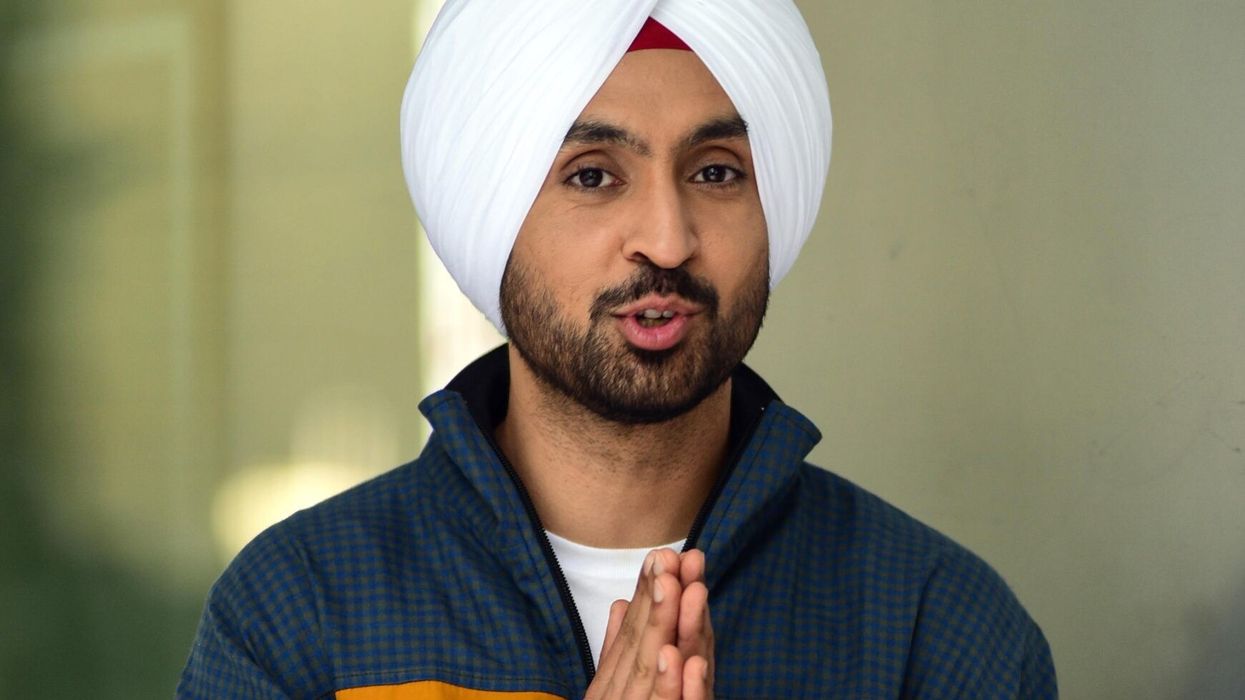
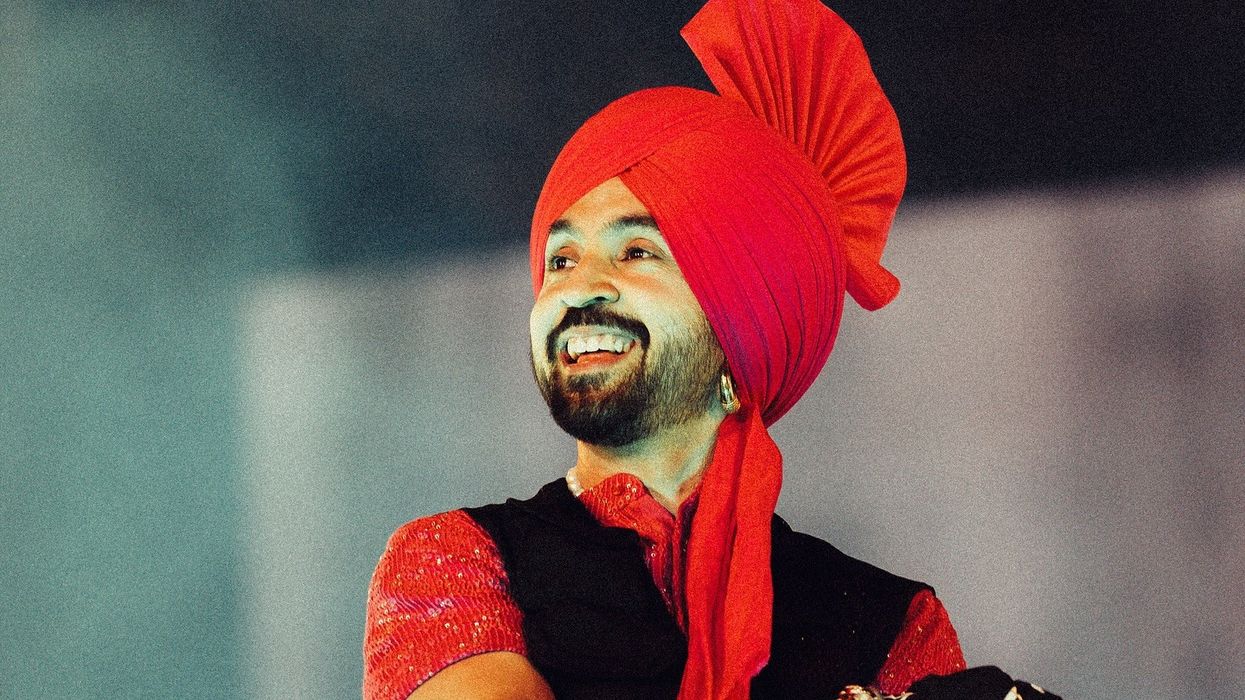
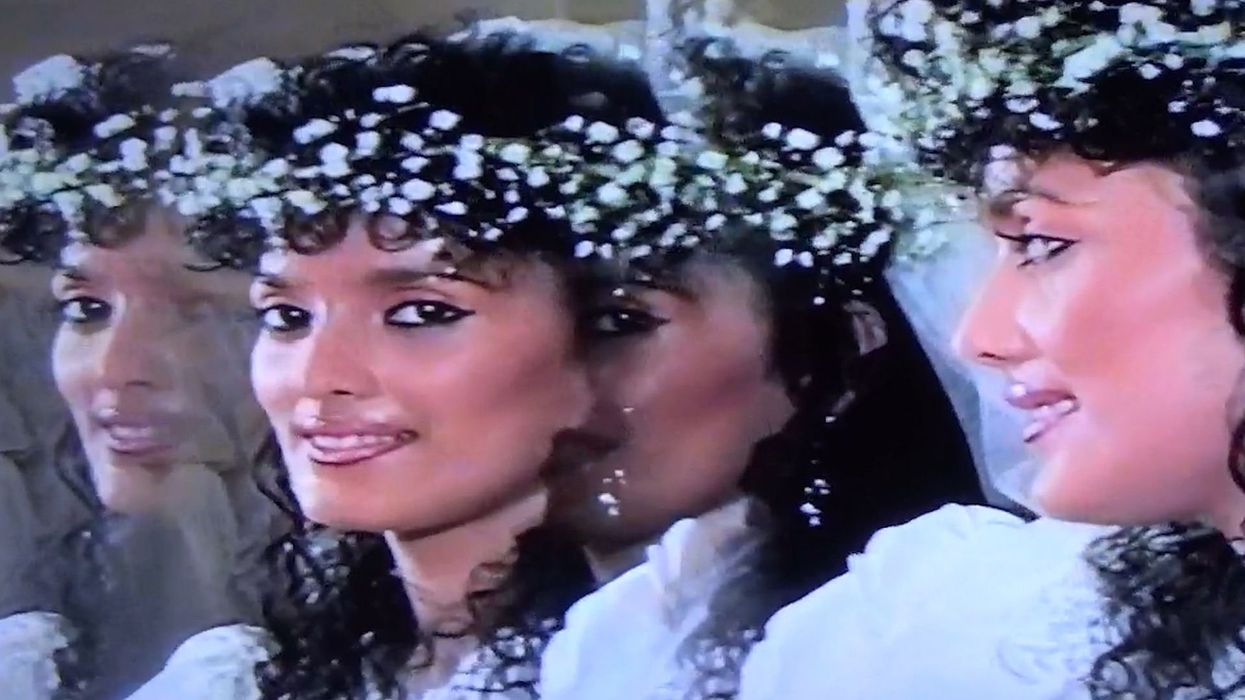
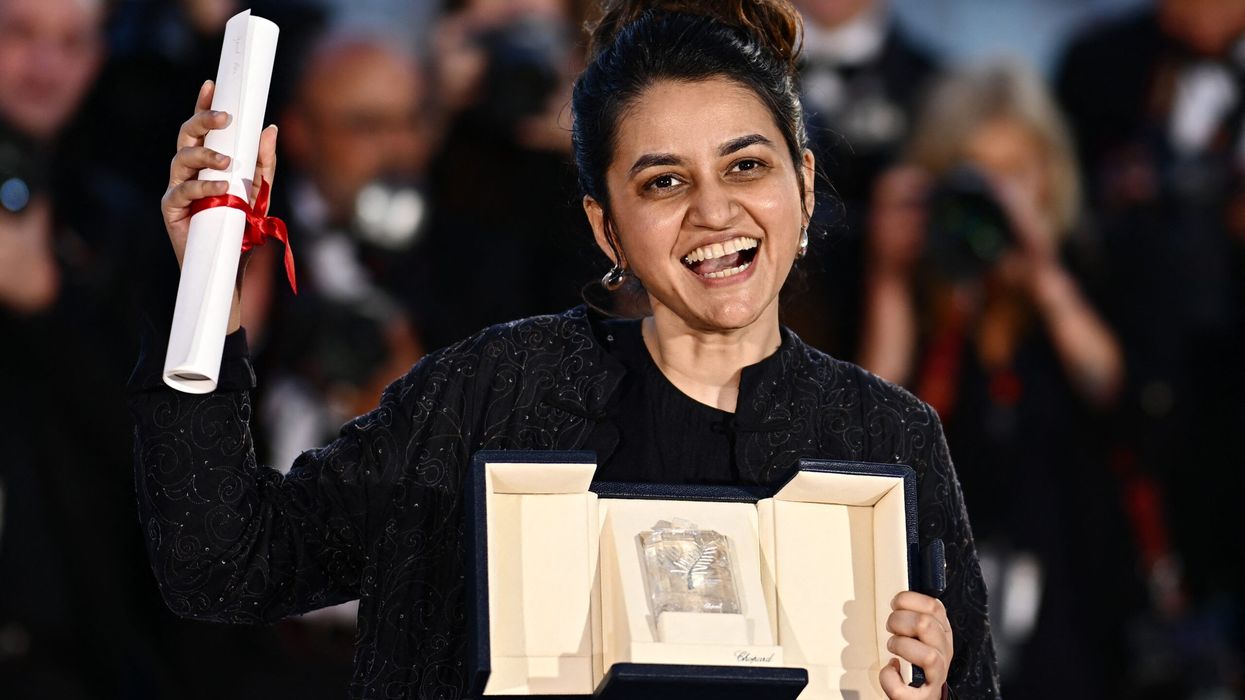

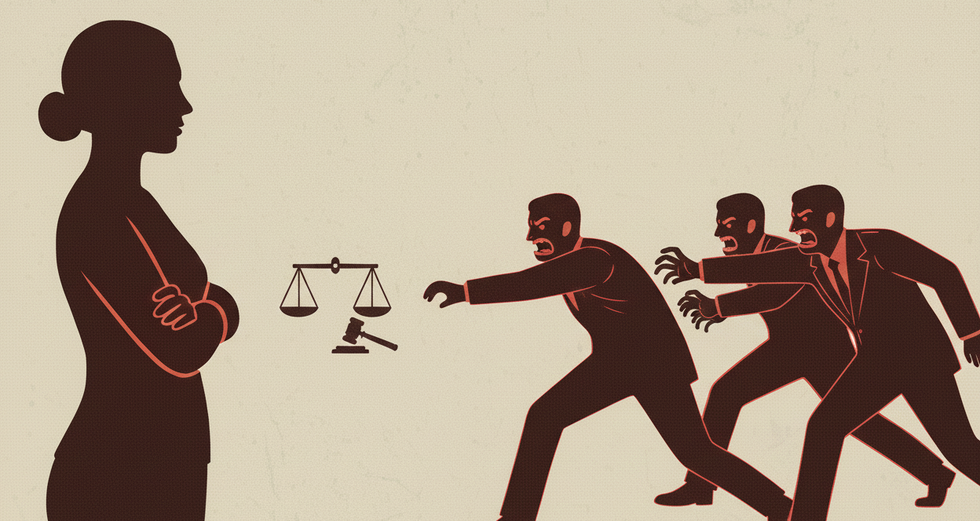 Inside the Kerala actress assault case and the reckoning it triggered in Malayalam cinema AI Generated
Inside the Kerala actress assault case and the reckoning it triggered in Malayalam cinema AI Generated 
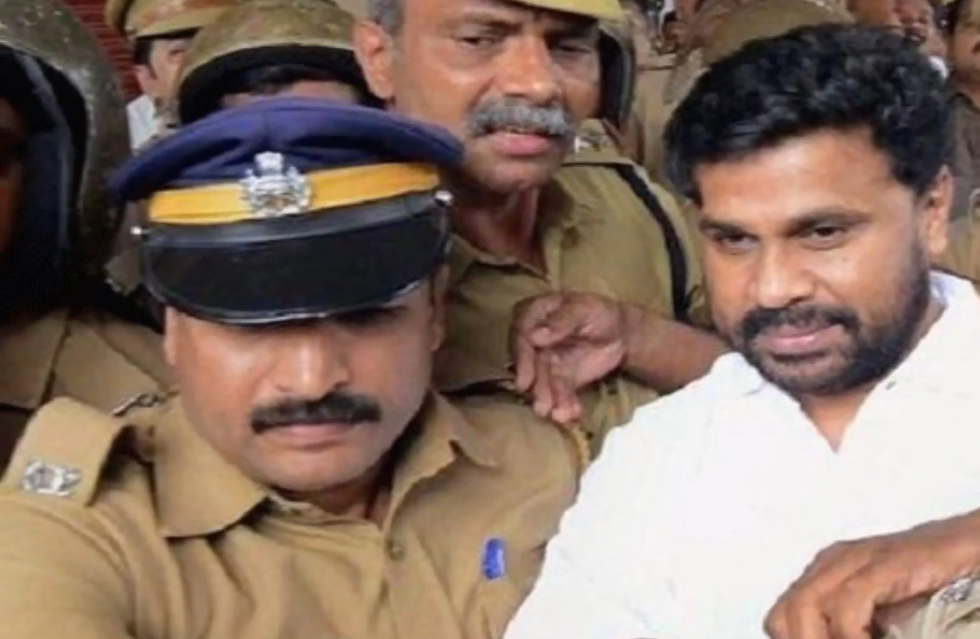 Actor-producer Dileep was arrested on 10 JulyYoutube Screengrab/Kerala Kaumudi
Actor-producer Dileep was arrested on 10 JulyYoutube Screengrab/Kerala Kaumudi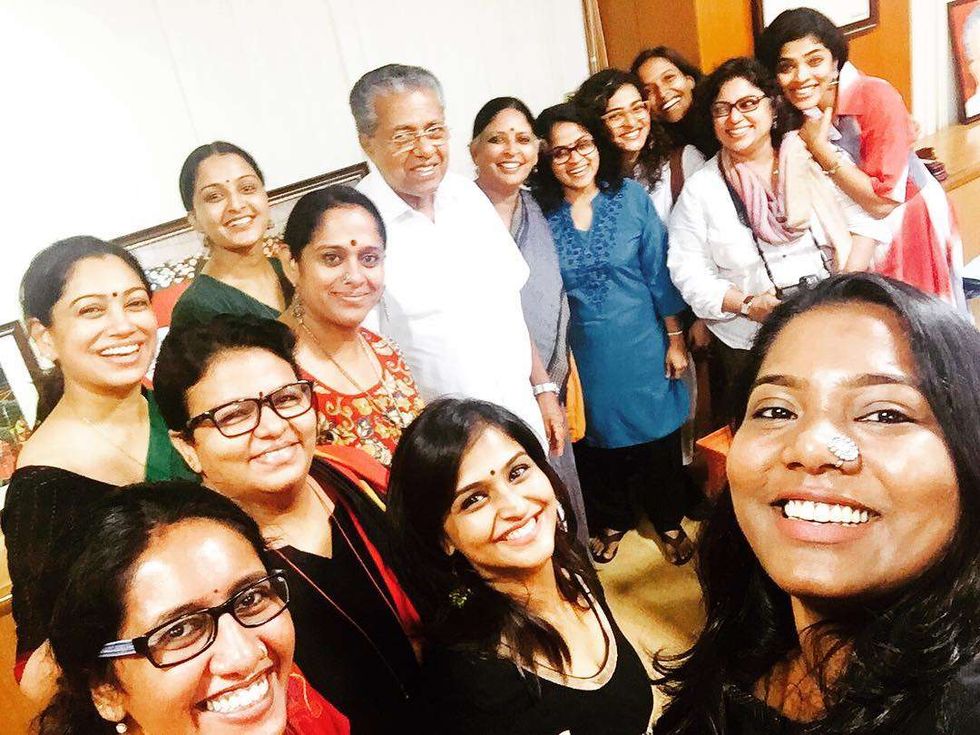 Members of the Women in Cinema Collective (WCC) meeting with the Chief Minister of KeralaInstagram/
Members of the Women in Cinema Collective (WCC) meeting with the Chief Minister of KeralaInstagram/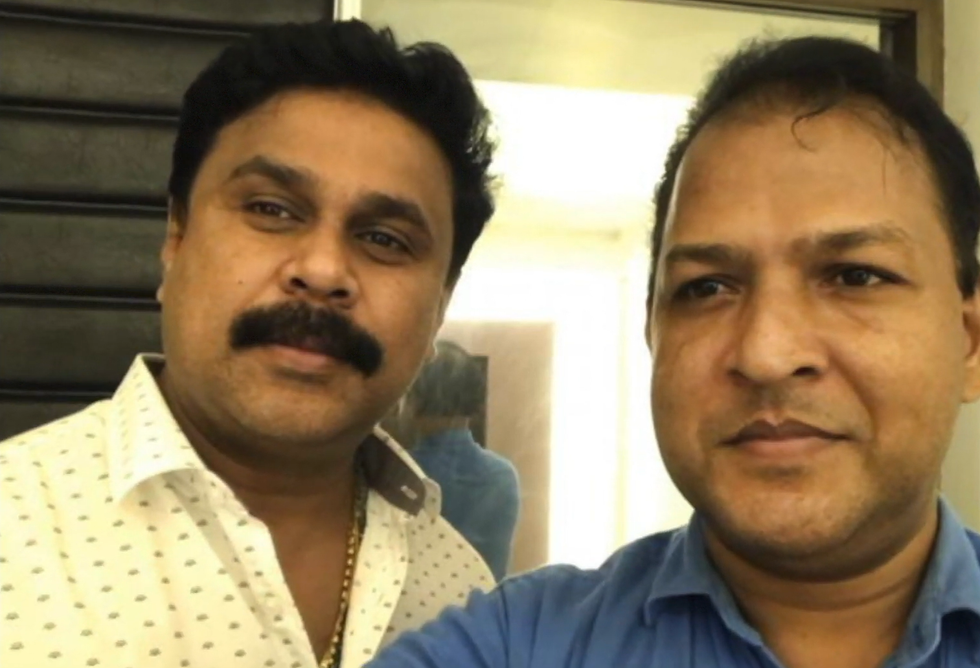 Actor Dileep and whistleblower Balachandra Kumar, whose testimony and disclosures played a crucial role in advancing the investigation Youtube Screengrab/Kerala Kaumudi
Actor Dileep and whistleblower Balachandra Kumar, whose testimony and disclosures played a crucial role in advancing the investigation Youtube Screengrab/Kerala Kaumudi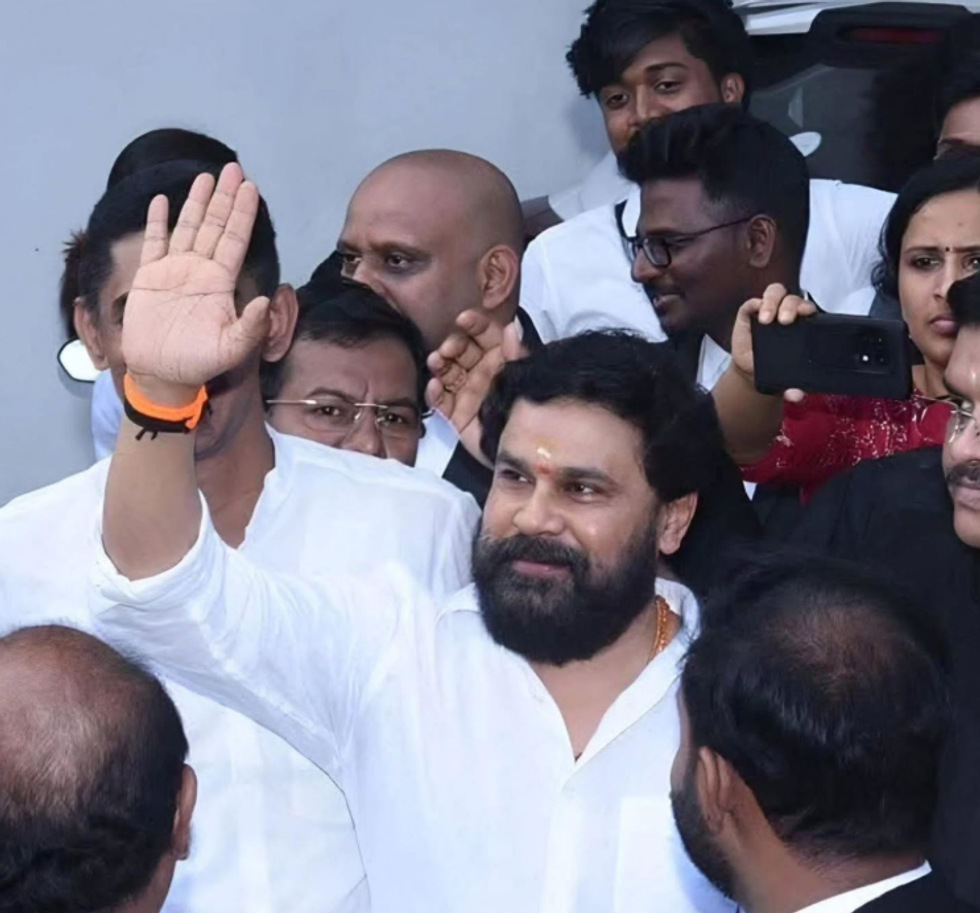 Dileep coming out of the court after the verdict Instagram/
Dileep coming out of the court after the verdict Instagram/ Advocates T. B. Mini and Aja Kumar, representing the survivor in the Kerala actress assault caseYoutube Screengrabs/ Oneindia Malayalam
Advocates T. B. Mini and Aja Kumar, representing the survivor in the Kerala actress assault caseYoutube Screengrabs/ Oneindia Malayalam Four of the six convicted accused in the Kerala actress assault case Youtube Screengrabs/ 24 News
Four of the six convicted accused in the Kerala actress assault case Youtube Screengrabs/ 24 News 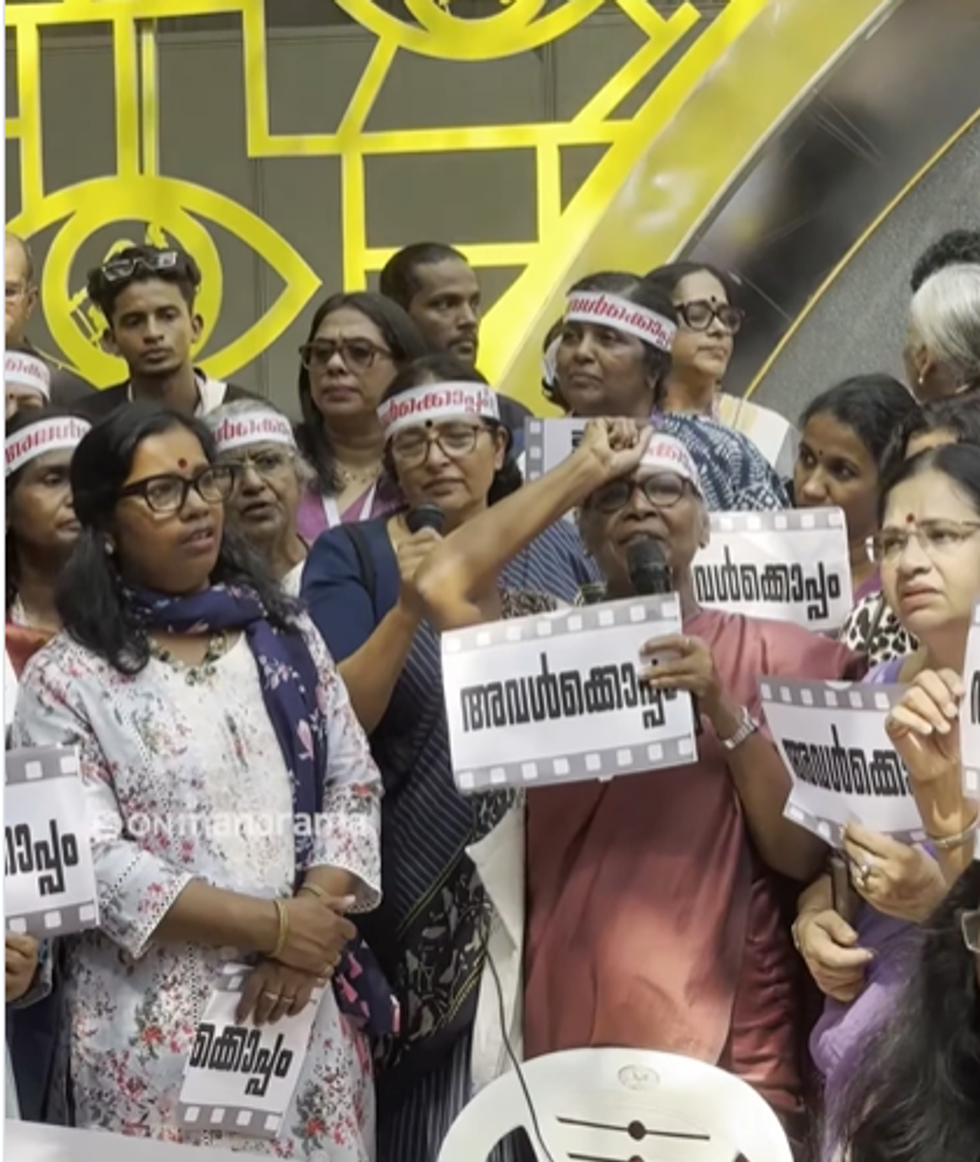 Film personalities and activists gather at the Tagore Theatre to reject the court\u2019s decision and demand systemic change for women\u2019s safety Instagram Screengrab/onmanorama
Film personalities and activists gather at the Tagore Theatre to reject the court\u2019s decision and demand systemic change for women\u2019s safety Instagram Screengrab/onmanorama  How one survivor’s fight shook an entire industryAI Generated
How one survivor’s fight shook an entire industryAI Generated





